#minimalist living
Text
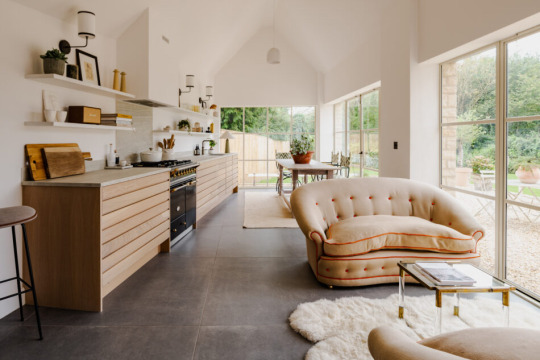
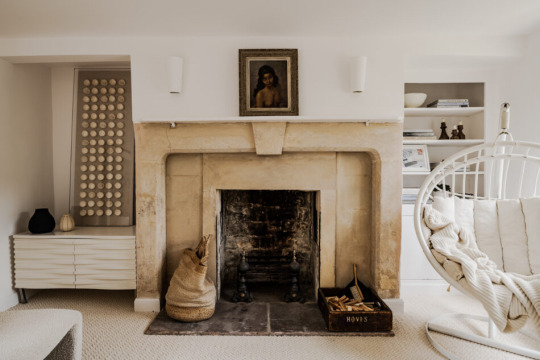


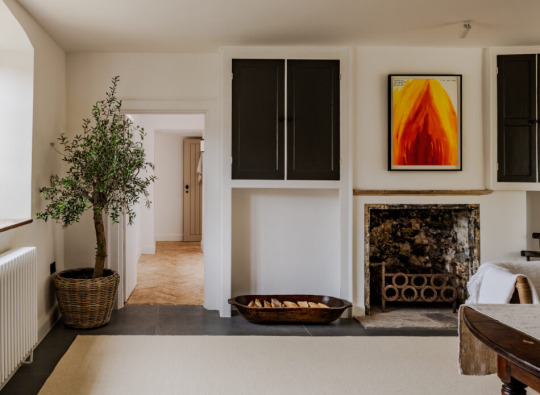

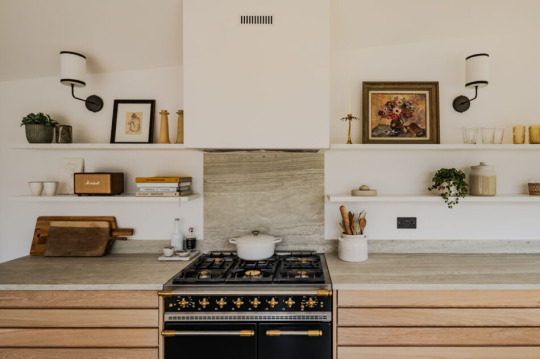

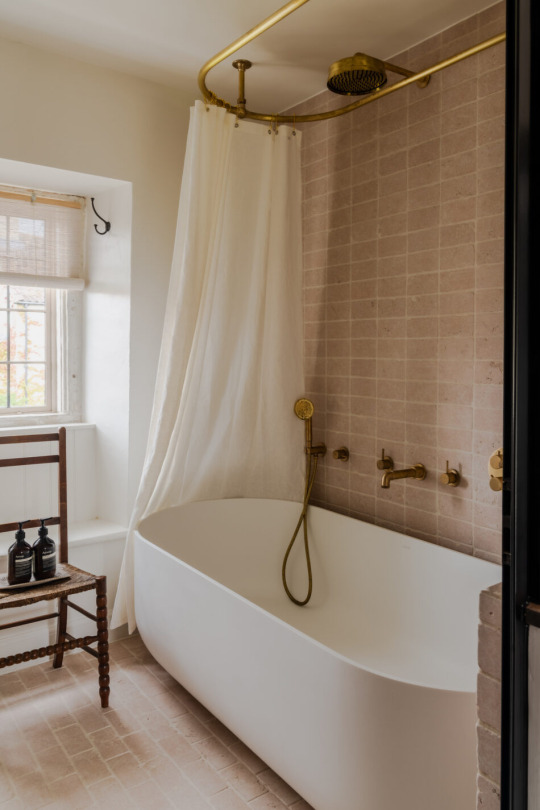

#Lower Street#living room#interior design#interior#bedroom#dining room#kitchen#bathroom#minimal interior#minimalist architecture#minimalist interiors#minimalist living#minimalist design#minimilist#minimalism#minimalist
106 notes
·
View notes
Photo

Southgate Road is a minimal extension located in London, United Kingdom, designed by Architecture for London. Architecture for London has designed an extension located in the De Beauvoir area that aims to complement the Victorian style of the home while providing more light to the interior.
44 notes
·
View notes
Text

#fridge#fridge goals#minimalist home#minimalist living#minimalist#foodie#foodporn#food photography#kitchen#kitchen aesthetic#clean eating#as told by my pinterest boards#cottagecore vibes#cottagecore lifestyle#cottage life#cottagecore#cozy cottage
37 notes
·
View notes
Photo


Minimalist Living - The Conserver Lifestyle: Freedom From Stuff
Then he said to them, "Watch out! Be on your guard against all kinds of greed; life does not consist in an abundance of possessions." (Luke 12:15)
Security doesn't come from having more but from needing less. "Because we lack a divine Center, our need for security has led us into an insane attachment to things. We really must understand that the lust for affluence in contemporary society is psychotic. It is psychotic because it has completely lost touch with reality. We crave things we neither need nor enjoy. 'We buy things we do not want to impress people we do not like'. Where planned obsolescence leaves off, psychological obsolescence takes over. We are made to feel ashamed to wear clothes or drive cars until they are worn out. The mass media have convinced us that to be out of step with fashion is to be out of step with reality. It is time we awaken to the fact that conformity to a sick society is to be sick. Until we see how unbalanced our culture has become at this point, we will not be able to deal with the mammon spirit within ourselves nor will we desire Christian simplicity."
― Richard J. Foster, Celebration of Discipline: The Path to Spiritual Growth
"a man there was, though some did count him mad, the more he cast away the more he had." ― John Bunyan, The Pilgrim's Progress
Job, Money, Status, Stuff . . . the American Dream? The American nightmare! The more I have, the more I want, the more things breakdown, the more stress to replace them and get more.
How does it end? An unfullfilled life (and death) or with removing those "things" that satisfy so little.
The older I get, the less I need, and the more I realize how my possessions have become more burdensome than comforting. The more I have, the more I have to lose. I am a slave to my stuff. The more money I make, the more stress I have and more fearful of losing what I have strived so hard to accumulate. "The one with the most toys wins" is a favorite saying for the one who seeks stuff to make them think they are happy. A movie called "LESS: Losing is Everything" helps to make the point that "when you change the way you look at things, the things you look at will change" and will gain a new-found sense of freedom.
Needs vs. Wants: NEEDS are basic (not fancy) things we must have to survive like air, water, food, shelter and clothing. WANTS are luxuries; things I can live without like TV, car, jewelry; things we would like to have simply to enjoy. I ask myself the question "do I NEED this or do I WANT it?" Is it a necessity for my health or to perform a task, or is it something I want, just because? I have found that most of what I thought I needed, is simply something I wanted and could have done without and saved money, space and the aggrivation to get it. Later, I find those wants have lost the alure that sucked me in to buying them, and now I just want to get rid of the financial burden, or inconvenience, they cause.
I encourage seeking simplicity. The more I have, the more I have to lose and greater will be the pain when it's gone.
Things I Have Learned:
1 - Never say "never" - When we say “I could never…” we are limiting the possibilities for our lives.
2 - Start Working NOW to Get Out of Debt
3 - Don't envy those who have more. They, generally, have more to lose, more to maintain, less freedom and less financial discipline.
4 - Become keenly aware of income, spending and savings activities. This is best done with a Spending Plan/Budget.
5 - Establish and practice a strict NEEDS vs. WANTS mentality. Don't justify giving in to WANTS and Instant Gratification.
6 - Eliminate unnecessary (WANTS) monthly expenses.
7 - Find ways to reduce necessary (NEEDS) monthly expenses.
8 - Combine travel. If you need to go to the store, stop by the store on your way home from work. And shop at stores on route to/from home.
9 - Understand that "less expensive" does not necessarily mean "cheap". "Less expensive" soap will clean, and "less expensive" toilet paper will wipe, and go down the drain just as well as the "best" expensive brands (see The Dollar Store is My Friend).
10 - Turn off or unplug electical applicances and lights when not being actively used (see Kill Your Electrical Vampires).
11 - Addictions and Bad Habits sap, not only our finances, but our energy and health as well. Kick the habits. You can do it!
Consider a Disciplined Pursuit of Less: Not just haphazardly saying no, but purposefully, deliberately, and strategically eliminating the nonessentials. Not just once a year as part of a planning meeting, but constantly reducing, focusing, and simplifying. Not just getting rid of the obvious time wasters, but being willing to say NO to really terrific opportunities as well. Ask "What is essential?" and eliminate the rest. Everything changes when we give ourselves permission to eliminate the nonessentials. At once, we have the key to unlock the next level of our lives. Few appear to have the courage to live this principle, which may be why it differentiates successful people and organizations from the very successful ones.
Too many of us trade our happiness and well-being for the reliability of a steady paycheck. We work long hours at jobs we dislike or find unfulfilling so that we can buy a lot of stuff that never really seems to satisfy us. And when that paycheck turns out to be not so reliable, we panic. Unemployment terrifies us. Is there any way out of this dilemma? Charles Long reveals one possibility -- the Conserver Lifestyle. . . . Security doesn't come from having more but from needing less.
Resources:
How to Survive Without a Salary by Charles Long
Books on Frugal Living
[Reference Link]
Related Links:
No-Nonsense Guide to Simplify Every Aspect of Your Life (Podcast)
Is Simple Living for You?
The Untapped Potential of Less
Find That "One Thing"
[14-Point Emergency Preps Checklist]
[11-Cs Basic Emergency Kit]
[Learn to be More Self-Sufficient]
[The Ultimate Preparation]
[5six7 Menu]
#money#needs v wants#minimalist living#prepper#prepare4tomorrow#survival#shtf#debt#finances#instant gratification#declutter#downsizing#cut expenses#debt-Get Out#living with less
13 notes
·
View notes
Text
How to Get Rid of Clutter for Good: 5 Simple Tips
person decluttering their home
Clutter can be a major source of stress and anxiety. It can also make your home feel smaller and more chaotic. If you’re struggling with clutter, here are 5 simple tips to help you get rid of it for good:
Start small. Don’t try to declutter your entire home all at once. Start with one room or even one closet.
Get rid of anything you don’t use or love. If you…

View On WordPress
4 notes
·
View notes
Photo

7 Simple and Practical Tips to Get Your Home Organized and Stay Organized
2 notes
·
View notes
Text
minimalism is not just about decluttering or owning fewer possessions. It's a mindset, a deliberate choice to simplify our lives and strip away distractions that hinder our journey to fulfillment.
youtube
#minimalism#minimalist#minimalist living#minimalist lifestyle#frugal#declutter#frugal lifestyle#frugal living#Youtube
1 note
·
View note
Text
The Prepping Paradox
With uncertain times ahead I have been accumulating some food and household supplies to beat future price rises and shortages. I’ve done this progressively by stocking up when things are on special or discounted.
My budget stash now represents the largest accumulation of shopping items I’ve ever had. I ought to be feeling relaxed and secure with this. However, there is also some real anxiety with having this much stuff.
Years of living as a minimalist and frugalist mean that I am mentally not used to having such an over supply of ‘stuff’ to have to think about and deal with. I’ve had a few moments of panicking that I’m going to buy something I already have just because I’ve forgotten that I have it.
Over supply and over consumption don’t seem to be helpful for the human mind.
2 notes
·
View notes
Text
Maximizing Small Spaces: Design Solutions for Compact Living
In an era where urban living spaces are increasingly limited, maximizing small spaces has become essential for creating functional and stylish homes. Whether you're living in a tiny apartment or a compact house, there are numerous design solutions that can help you make the most of every square inch. From clever storage solutions to multifunctional furniture, here are some tips for optimizing small spaces:
1. Think Vertical: When space is limited, it's essential to utilize vertical space effectively. Install tall shelves or bookcases to take advantage of wall space for storage. Vertical storage not only maximizes space but also draws the eye upward, creating the illusion of a taller ceiling and a more spacious room.
2. Embrace Multifunctional Furniture: Choose furniture pieces that serve multiple purposes to save space. For example, opt for a sofa bed or a daybed that can double as a guest bed. Look for coffee tables with built-in storage or nesting tables that can be easily tucked away when not in use. Multifunctional furniture allows you to maximize functionality without sacrificing style.
3. Use Mirrors to Create Depth: Mirrors are excellent for creating the illusion of space in small rooms. Place mirrors strategically to reflect natural light and visually expand the room. A large mirror opposite a window can make the room feel brighter and more open. Additionally, mirrored furniture can add a touch of elegance while amplifying the sense of space.
4. Optimize Closet Space: Closets are valuable real estate in small spaces, so make sure to optimize them for maximum storage. Invest in closet organizers, hanging shelves, and stackable bins to maximize vertical space and keep items organized. Consider installing a closet system with adjustable shelves and rods to accommodate your changing storage needs.
5. Choose Light Colors: Light colors, such as white, cream, or pastels, can make a small space feel larger and more airy. Opt for light-colored walls, furniture, and textiles to reflect light and create a sense of openness. You can add pops of color through accessories and artwork to personalize the space without overwhelming it.
6. Get Creative with Storage: Think outside the box when it comes to storage solutions. Utilize under-bed storage bins, wall-mounted hooks, and hanging baskets to maximize space in unconventional areas. Look for furniture pieces with hidden storage compartments, such as ottomans with built-in storage or beds with drawers underneath.
7. Streamline Your Decor: In small spaces, less is often more. Avoid cluttering the space with too many decorative items or furniture pieces. Choose a few statement pieces that reflect your style and personality, and keep the rest of the decor simple and streamlined. This will help create a cohesive and visually appealing space without overwhelming the senses.
8. Create Zones: Divide your small space into functional zones to maximize its usability. Use area rugs, furniture arrangement, or room dividers to delineate separate areas for sleeping, working, and lounging. Creating distinct zones can help visually separate the space and make it feel larger and more organized.
9. Maximize Natural Light: Natural light can make even the smallest space feel bright and inviting. Keep window treatments minimal to allow maximum light penetration, and avoid blocking windows with bulky furniture. If privacy is a concern, opt for sheer curtains or blinds that can be easily opened during the day.
10. Stay Organized: The key to maximizing small spaces is to stay organized. Make it a habit to declutter regularly and find homes for your belongings to prevent clutter from accumulating. Invest in storage solutions that help you stay organized and maintain a tidy living environment.
By implementing these design solutions, you can transform even the smallest space into a functional and stylish home that maximizes every square inch.
Transform your small space with home24.ae's curated selection of furniture and storage solutions designed for compact living. Discover innovative designs that optimize space without compromising on style.
#Small Space Living#Compact Living#Space-saving Solutions#Multifunctional Furniture#Small Space Design#Maximizing Space#Small Space Organization#Minimalist Living#Tiny Living#Small Space Decorating
0 notes
Text
Maximizing Small Spaces: Design Solutions for Compact Living

In an era where urban living spaces are increasingly limited, maximizing small spaces has become essential for creating functional and stylish homes. Whether you're living in a tiny apartment or a compact house, there are numerous design solutions that can help you make the most of every square inch. From clever storage solutions to multifunctional furniture, here are some tips for optimizing small spaces:
1. Think Vertical: When space is limited, it's essential to utilize vertical space effectively. Install tall shelves or bookcases to take advantage of wall space for storage. Vertical storage not only maximizes space but also draws the eye upward, creating the illusion of a taller ceiling and a more spacious room.

2. Embrace Multifunctional Furniture: Choose furniture pieces that serve multiple purposes to save space. For example, opt for a sofa bed or a daybed that can double as a guest bed. Look for coffee tables with built-in storage or nesting tables that can be easily tucked away when not in use. Multifunctional furniture allows you to maximize functionality without sacrificing style.
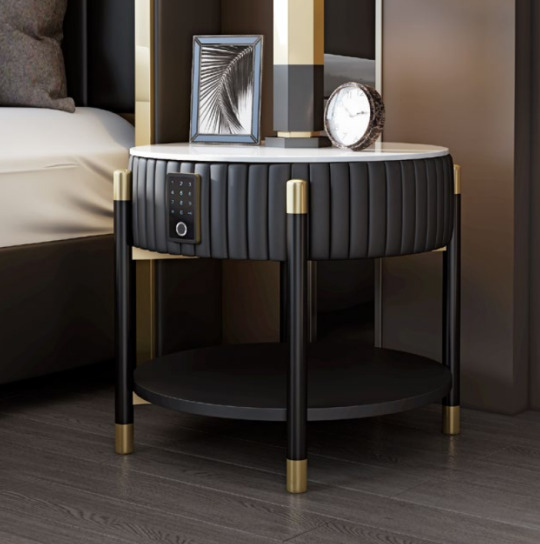
3. Use Mirrors to Create Depth: Mirrors are excellent for creating the illusion of space in small rooms. Place mirrors strategically to reflect natural light and visually expand the room. A large mirror opposite a window can make the room feel brighter and more open. Additionally, mirrored furniture can add a touch of elegance while amplifying the sense of space.
4. Optimize Closet Space: Closets are valuable real estate in small spaces, so make sure to optimize them for maximum storage. Invest in closet organizers, hanging shelves, and stackable bins to maximize vertical space and keep items organized. Consider installing a closet system with adjustable shelves and rods to accommodate your changing storage needs.
5. Choose Light Colors: Light colors, such as white, cream, or pastels, can make a small space feel larger and more airy. Opt for light-colored walls, furniture, and textiles to reflect light and create a sense of openness. You can add pops of color through accessories and artwork to personalize the space without overwhelming it.
6. Get Creative with Storage: Think outside the box when it comes to storage solutions. Utilize under-bed storage bins, wall-mounted hooks, and hanging baskets to maximize space in unconventional areas. Look for furniture pieces with hidden storage compartments, such as ottomans with built-in storage or beds with drawers underneath.
7. Streamline Your Decor: In small spaces, less is often more. Avoid cluttering the space with too many decorative items or furniture pieces. Choose a few statement pieces that reflect your style and personality, and keep the rest of the decor simple and streamlined. This will help create a cohesive and visually appealing space without overwhelming the senses.
8. Create Zones: Divide your small space into functional zones to maximize its usability. Use area rugs, furniture arrangement, or room dividers to delineate separate areas for sleeping, working, and lounging. Creating distinct zones can help visually separate the space and make it feel larger and more organized.
9. Maximize Natural Light: Natural light can make even the smallest space feel bright and inviting. Keep window treatments minimal to allow maximum light penetration, and avoid blocking windows with bulky furniture. If privacy is a concern, opt for sheer curtains or blinds that can be easily opened during the day.
10. Stay Organized: The key to maximizing small spaces is to stay organized. Make it a habit to declutter regularly and find homes for your belongings to prevent clutter from accumulating. Invest in storage solutions that help you stay organized and maintain a tidy living environment.
By implementing these design solutions, you can transform even the smallest space into a functional and stylish home that maximizes every square inch.
Transform your small space with home24.ae's curated selection of furniture and storage solutions designed for compact living. Discover innovative designs that optimize space without compromising on style.
#Small Space Living#Compact Living#Space-saving Solutions#Multifunctional Furniture#Small Space Design#Maximizing Space#Small Space Organization#Minimalist Living#Tiny Living#Small Space Decorating
0 notes
Text
0 notes
Photo

Column is a minimal pendant created by Vancouver-based designer Lucas Peet for ANDlight. The Column embodies order, symmetry, and grandeur, much like the classical Grecian Doric columns in architecture. Its faceted surface mimics the fluting of ancient buildings and temples to produce a rhythmic diffusion of light. The Column can be arranged in segments of machine-blown glass cylinders to either lengthen a space vertically or broaden it horizontally.
#minimalism#minimal#minimalist living#minimalist#minimal lighting#minimal pendant#pendant lighting#leibal
26 notes
·
View notes
Text
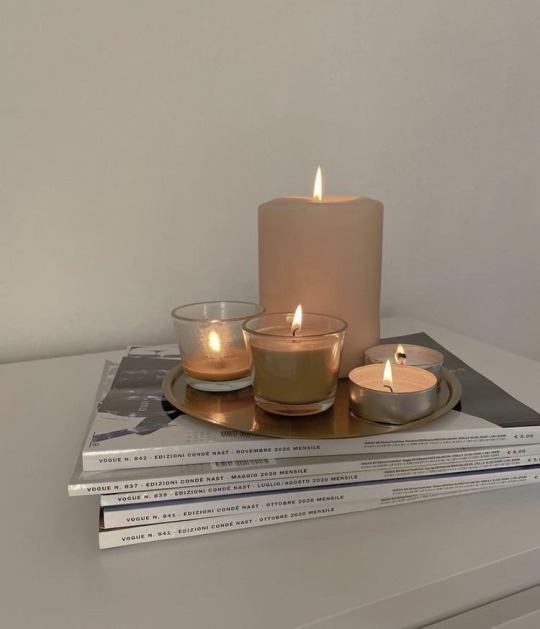
#candle aesthetic#candles#minimalist space#minimalism#minimalist living#as told by my pinterest boards
3 notes
·
View notes
Photo

Is Simple Living For You? These Questions May Provide the Answer:
Is Simple Living For You?
If you've ever thought of simplifying your life, there are likely many things that you haven't considered and a few that you have. You may picture it as easy and something that is far more fun and exciting than the life that you're currently living. Be as it may, there are still some things that you'll want to ask yourself before you embark on this journey. Answering these questions may help reveal the truth.
#1. What does "simple living" really mean to you?
#2. What can you live without?
#3. What do you want out of your simple life?
#4. Do you want to spend more time with your family and loved ones?
#5. What steps do you need to take to make your simple life happen?
#6. How are you currently spending your day? How does that align with your goal of a simple life?
#7. Can You Adjust your budget to lead a simple life?
#8. What are your commitments in life?
#9. Can you learn to say No?
#10. How connected are you?
#11. Have you created a simplicity statement?
#12. Do you have to have the latest and greatest gadgets?
#13. Do you love the life that you have now?
#14. Are you spending enough time with those that you love?
#15. Are you ready to purge your life?
#16. Do you want to streamline your life?
#17. Are you getting adequate alone time?
#18. Are you eating in hurry?
#19. Are you tired of always being in a hurry?
#20. Can you live with less space?
#21. Are you ready for some financial freedom?
#22. Are you afraid to get dirty?
#23. Can you live the minimalist lifestyle?
#24. Can you plan ahead?
#25. Are you organized?
[Reference Link]
Related Resources:
Publications on Frugal Living
Minimalist Living - The Conserver Lifestyle - Freedom From Stuff
Take the 30-Day No Spend Challenge
[14-Point Emergency Preps Checklist]
[11-Cs Basic Emergency Kit]
[Learn to be More Self-Sufficient]
[The Ultimate Preparation]
[5six7 Menu]
#simplify#finances#prepper#survival#diy#shtf#acquisition#treasures#dollarstretching#reuse#reuseandrecycle#needs v wants#needs and wants#minimalist#minimalist living#simple living#simple life#frugal
5 notes
·
View notes
Text
Organizing Tips for a Clutter-Free Home
Most of us yearn for a serene and clutter-free living space, where we can unwind and feel at peace. However, in today’s fast-paced world, it’s easy for our homes to become overwhelmed with clutter. The good news is that with some effective organizing tips and strategies, you can transform your living space into a harmonious oasis. In this blog post, we will explore practical tips and creative…

View On WordPress
#Clutter-free home#Creating harmony at home#Decluttering for harmony#Decluttering strategies#Efficient home storage#Goal Setting#Harmony in your space#Home harmony tips#Home organization#Living space organization#Minimalist living#Order in the home#Organization#Organization hacks#Organized living#Organizing tips#Self-discipline#Tidy living space
0 notes
Photo

Explore 20 stunning Ottoman tray ideas on our latest blog post! 🌟 Transform your space from cluttered to chic with these trendy styles and practical solutions! ✨🏡💖 #HomeGoals #ChicSuggestions
#Ottoman Tray Ideas#Stylish Home Decor#Space Saver#Organized Living#Interior Design#Beautiful Interiors#Clutter Free#Home Makeover#DIY Projects#Decor Inspiration#Minimalist Living#Trendy Furniture#Room Décor#Lifestyle Tips#Storage Solutions#Home Styling#Decorating Ideas#Functional Decor#Modern Ottoman Tray#Design Aesthetics
1 note
·
View note